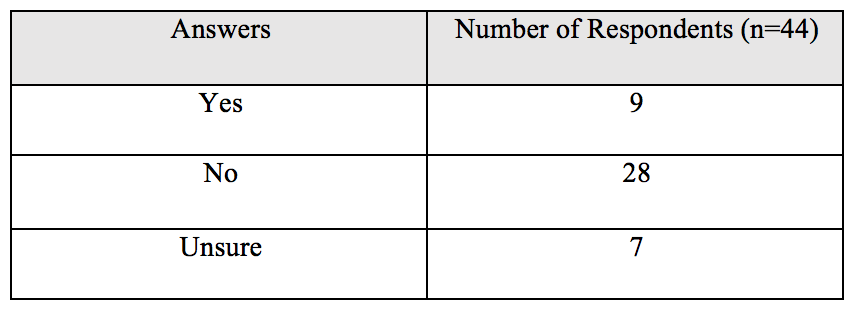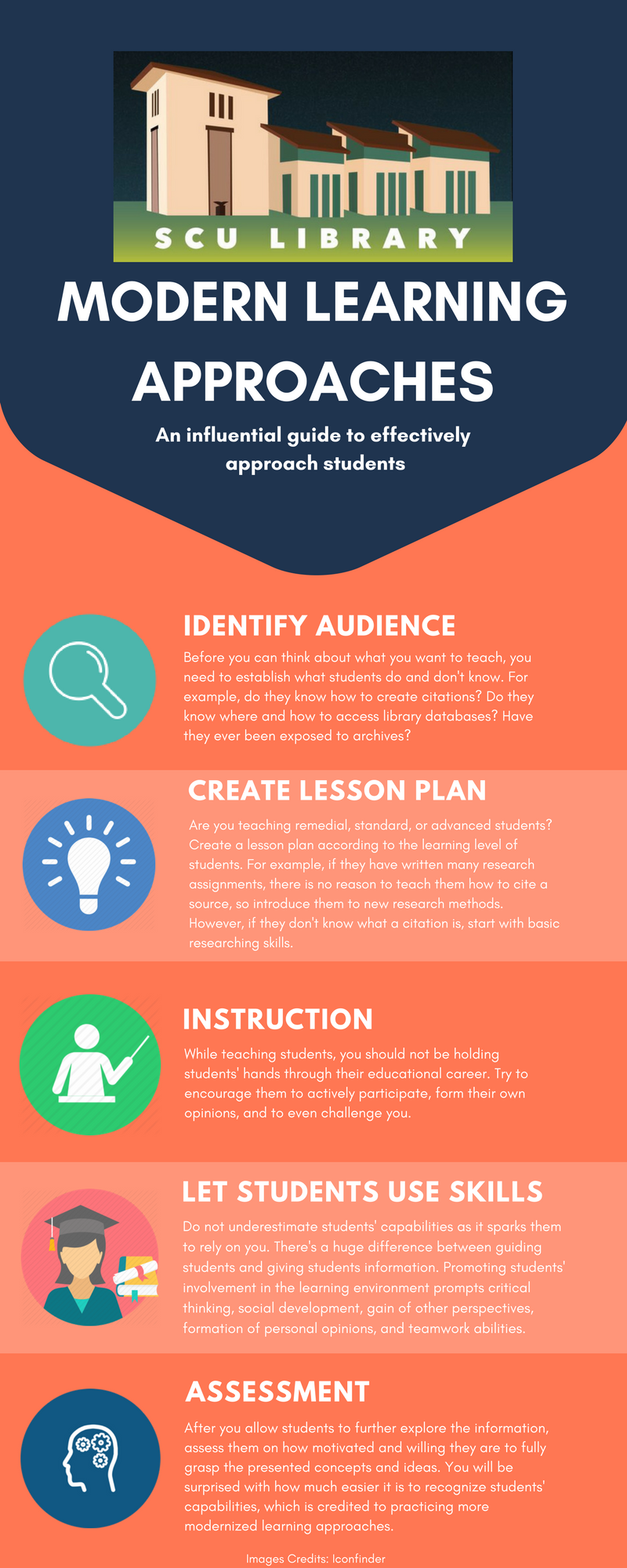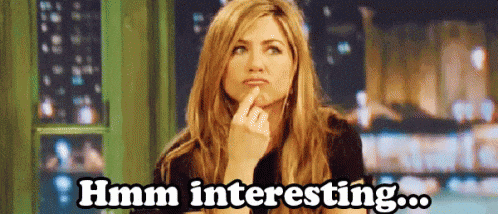Because I learned that there was so much about SCU that I did not know about through archival research, I began to wonder how many current students also lack this knowledge. This lead me to study the actual knowledge of current SCU’ students by designing and conducting a survey of my own in hope to find out what students think about the topic of the historical significance of SCU.
From instructions from my professor, I attempted to create the most effective and unbiased survey as possible using Google Forms. I started my survey with easy, demographical questions. Then, as my survey progressed the complexity of the questions progressed as well, and the most controversial question I placed as my last question. Here is a link to my survey if you want to check it out: CTW Survey – SCU History
From my survey, I created some data tables and graphs to better display my information. I gathered 44 responses (9 males and 35 females) of different grade levels – 26 first-years, 3 sophomores, 12 juniors, and 3 seniors. Even though age and gender do not really influence my survey, it is nice to know that there is variety in those who responded to my survey.
Generally speaking, my survey results show that most respondents believe that students at SCU are not educated on the history in relation to the significance of this school.

(jk)
The first table I created shows how many people feel as though they personally are educated on the history of SCU. 28 of the forty-four respondents said that the do not feel educated on the history of SCU. 9 people said that they do believe they are educated on the history of SCU, and 7 people said they are not sure if they are educated or not on the history of SCU. After analyzing these results, I am not sure how effective my answer choice of unsure is to my data. If the student is truly unsure then the answer is valid; however, I feel as though if the student is unsure if they are aware of the significance and history of SCU, then he or she probably just does not actually know.
Table 1: Do you feel as though you are educated on the history of SCU?

Graph 1 shows how educated respondents believe SCU students are on the significance of SCU today in relation to its history. Oddly enough, this graph corresponds to the answers found in Table 1 because most respondents also tend to believe that students are also unaware of the history and significance of SCU. 9 of the 43 respondents (yes I am aware its out of 43 instead of 44 because someone decided not to reply…smh) replied students are uneducated, nineteen replied students are somewhat uneducated, thirteen replied that students are neither uneducated, nor educated, two people replied that students are somewhat educated, and lastly, not a single person replied that students are very educated on the significance of SCU today in relation to its history, which I found extremely interesting being that nine respondents claim to be educated.
Graph 1: How educated do you think the students at this school are on the significance of SCU today in relation to its history?

Although, the results show that a majority of the respondents believe students are uneducated, the data makes me to wonder what the guidelines are that make one student more educated than the other when trying to judge whether or not he or she is educated on SCU’s historical significance. The fact that 9 people responded yes and 7 people responded unsure in Table 1, and only 2 people responded that students are educated and 13 people responded neither uneducated, nor educated also really causes me to question what makes one more educated in SCU’s history over his or her peers. However, overall the SCU students that took my survey are aware of very basic aspects of SCU’s history. Chart 1 represents the percentage of respondents that know when SCU was founded, while Table 2 shows the amount of people who are aware that SCU was once Mission Santa Clara.
Chart 1: When was SCU founded?

Table 2: Are you aware that SCU was once Mission Santa Clara?

Chart 1 portrays that 73.8% of respondents are aware that SCU was founded in 1851, and that 26.2% of respondents did not know that SCU was founded in 1851. Also, Table 2 shows that 40 of the 44 respondents are aware that SCU was once Mission Santa Clara, and that only 4 people were unaware of this information. Collectively from all my data findings, I think it would be interesting to find out what students believe constitutes themselves and others as educated on the history and significance of SCU.
Lastly, the component of my survey that I found to be invaluable was one, and only one, response from the short-answer question: What can you tell me about SCU in the past? The response was not one that shared some extraordinary historical significance of SCU, but rather the opposite, as the respondent’s answer was, “Not much because I don’t really care.”

YES
This respondent gave me the most genuine and authentic reply. Instead of simply telling me what I wanted to hear, she told me what I needed to hear. This response reminded me of my initial motivation to research this topic, as I felt as though I am very uneducated on SCU’s history and significance, which lead me to be inclined to find out if I am not alone and students in general at SCU are unaware (or aware) of the historical significance as well.
Now, I am inspired to further my research to a new group of people in the SCU community because as the student replied with “Not much because I don’t really care,” I began to wonder if “superiors” (SCU historians and archivist) believe the students here are educated or uneducated, if they think they are uneducated, and how they attempt to educate students (if they do).









































